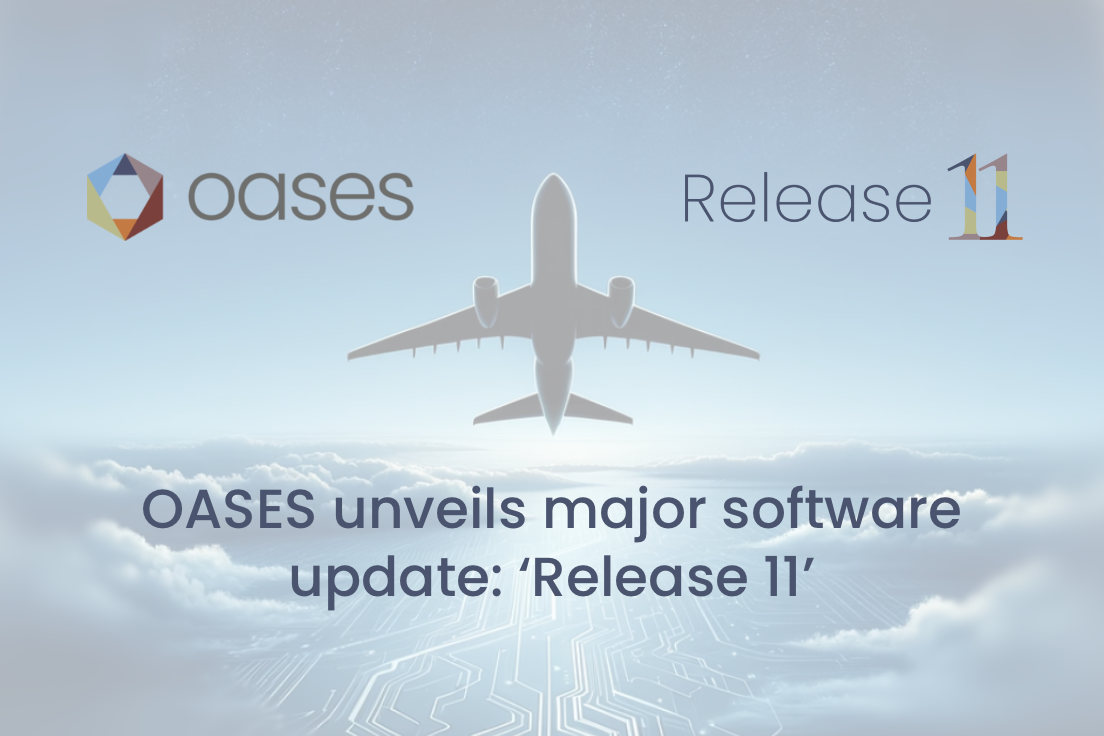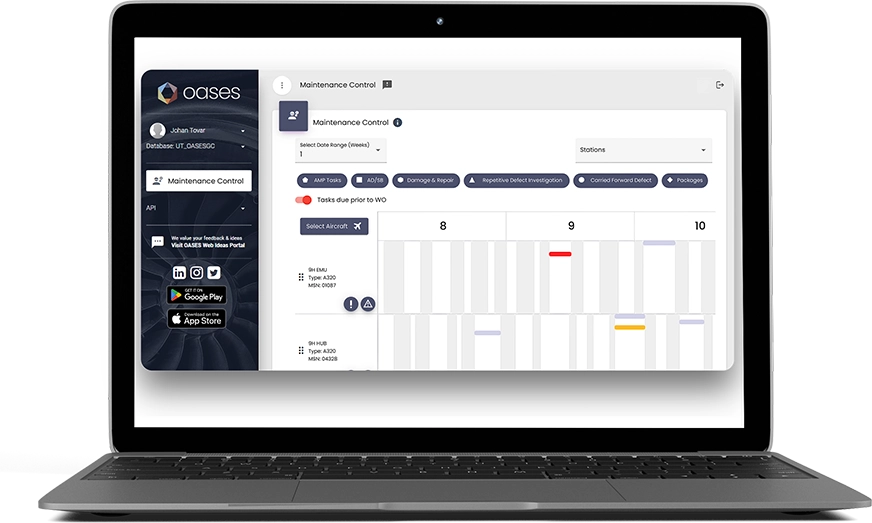From MRO to flight operations, customer service, and air traffic control, the success of aviation largely hinges on the ability of diverse teams to work together, especially given the increase in air traffic we’ll continue to see over the coming years.
This article explores some key principles of team building within the sector that can enhance collaboration, communication, and cross-functional knowledge, ultimately driving the success of aviation operations.
Establishing a Foundation of Trust
Much research points to the importance of trust in organisations, in terms of how it affects team performance.
In aviation, the margin for error is minimal. In such a high stakes, high pressure environment, team members must be able to rely on each other’s expertise and decisions, making trust absolutely fundamental.
Trust is also essential for safety. When pilots, crew members, and ground staff trust each other, they are more likely to follow procedures, communicate hazards, and work collaboratively to prevent accidents.
Likewise, maintenance managers need to fully trust MRO teams as many lives are in their hands. While expertise and experience are the fundamental sources of trust in this case, it doesn’t hurt to take extra steps to build a stronger foundation of trust among staff.
Trust also boosts efficiency. When trust is present, teams can perform tasks faster, as less time is spent verifying information or double-checking the work of others.
How to Build Trust Among Aviation Teams
Here are a few tips to build trust within any aviation team:
- Frequent and open communication: Encourage regular communication through briefings, debriefings, and continuous feedback. Transparent communication about decisions, changes, and errors helps build trust and understanding.
- Team building: Activities that are not directly related to work can help team members get to know each other on a personal level and this familiarity can translate into better working relationships and trust. In fact, a study by Harvard Business Review showed that in highly successful teams, members take breaks together and often catch up on non-work related topics. These habits can be encouraged in team building sessions and during work breaks, where applicable.
- Joint training and simulations: Conducting training and simulations together allows team members to experience working under pressure in a controlled environment. This experience not only builds trust but improves team performance in real-world scenarios.
- Empowerment and respect: Empowering team members by valuing their input and showing respect for their expertise can enhance trust. When individuals feel their contributions are valued, they are more likely to trust their leaders and teammates.
- Transparency and accountability: Leaders should be transparent about their decisions and accountable for their actions. When team members see this behaviour modelled at the top, it sets a standard for everyone to be accountable, promoting a culture of trust.
- Consistent policies and procedures: This ensures fairness and reliability; when team members know what to expect and see that rules apply equally to everyone, it reinforces trust in the system and each other.
Effective Communication
In an environment where every second matters, clear and direct communication is necessary, helping to prevent misunderstandings and errors. Let’s consider another high-pressure scenario in which teamwork can lead to fatal errors – surgery. A study on disruptions in surgical flow showed that teamwork/communication failures were one common cause for errors.
Again, trust is essential here; when team members trust each other, they are more likely to share vital information and voice concerns. What other ways are there to improve team communications?
Standardised Communication Protocols
Adopt and enforce standardised communication protocols to minimise misunderstandings and errors. Consistent use of clear, concise, and unambiguous language can greatly reduce the risk of miscommunication.
Communication Training
Conduct regular communication training sessions that emphasise the importance of clear, assertive communication, and focus on both verbal and non-verbal communication skills. This may also involve conflict resolution training.
Cross-cultural communication and language training is also vital in globalised aviation operations.
Ensure that team leaders have strong communication skills and can effectively convey information, listen actively, and encourage open dialogue. Leaders should model the communication standards they expect from their team members.
Technology
Use technology to facilitate communication. This can include the use of advanced communication systems, real-time data sharing, and collaboration tools that help team members stay connected and informed. For example, digitising technical records vastly improves collaboration amongst MRO personnel.
Improving Cross-Functional Interaction
Silos limit information sharing. This not only makes things difficult from an operational standpoint, but it also limits the ability of different teams to understand each other’s responsibilities.
Historically, the concept of cross-functional understanding was limit to pilots and flight crews, but a broader approach is vital. Pilots, ground operations, maintenance teams, flight crews and customer service can all benefit from understanding each other’s roles and day-to-day challenges.
Implementing cross-functional training sessions where team members can learn about the roles, challenges, and contributions of other departments enhances mutual understanding and respect. It’s also beneficial to have them collaborate on solving real-world problems.
Overall, this knowledge helps in appreciating the interconnectedness of operations and the importance of every team’s contribution.
Leadership Development
Strong leaders are essential for keeping teams functioning in such a high-pressure industry. In fact, research by Gallupsuggests that 70% of the variation in team engagement is caused by the quality of the team leader or manager.
Consider investing in leadership development programmes for management, senior management, and high potential individuals across different functions. (69% of millennials are concerned that their workplace does not offer such opportunities.)
Such programmes help leaders develop in ways that improve the cohesion and performance of teams. For example, IATA’s Aviation Leadership Development Program consists of several modules, including ‘Leadership and Influence’, which is vital for relationship building and establishing trust, while part of the ‘Global Mindset and Collaboration’ module involves developing relationships across boundaries within the organisation.
Mentorship programs are also beneficial, enabling experienced professionals to guide less experienced team members and transfer their knowledge.
Praising teams and collectively recognising their joint achievements is key to developing successful teams, so managers should make a point of doing this often.
Using Technology for Team Efficiency
Use technology platforms that facilitate seamless communication and collaboration among teams.
Tools that allow for real-time updates, shared documentation, and efficient scheduling can significantly enhance team coordination.
An important aspect to keep in mind here is the use of a single, integrated platform for each operational area (for example, one MRO solution instead of disparate systems).
You can also use data analytics to monitor team performance, identify skills gaps and areas for improvement, and tailor training accordingly.
Conclusion
Hopefully this article has highlighted the potential that team building brings to the aviation sector. High pressure scenarios require teams to operate smoothly and with precision, as one cohesive unit, and we looked at several tactics to achieve this.
This included tips for improving trust, communication, and cross-functional understanding, as well as leadership development and the use of technology to improve information sharing.
Our robust airline MRO software takes collaboration to new heights. It enhances information sharing, gives your maintenance teams all the information they need instantly, and gives senior management crucial insights for optimising profitability.



